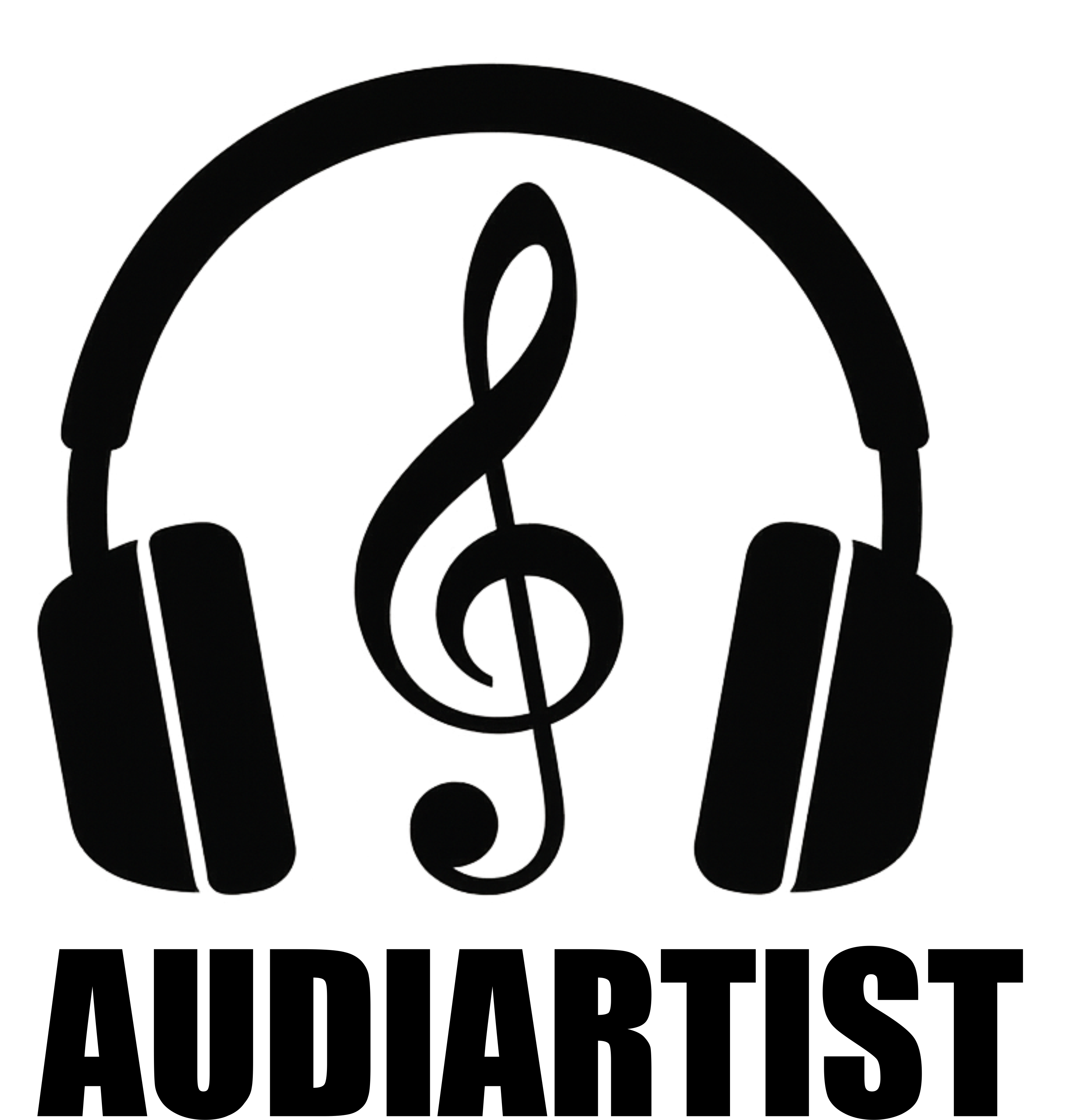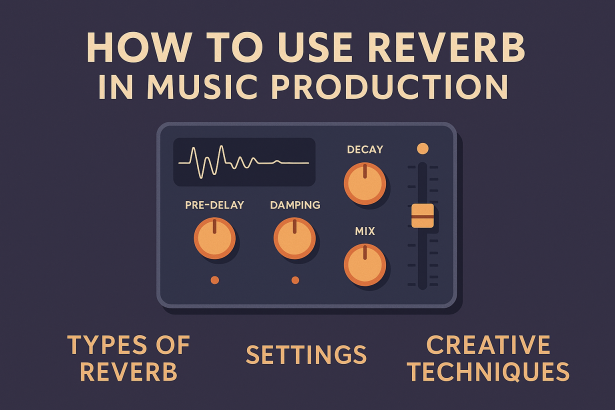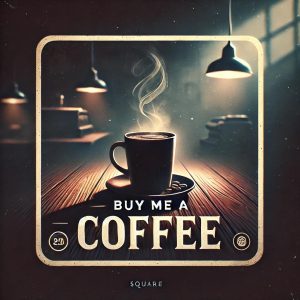How to Use Reverb in Music Production: A Beginner’s Guide to Depth and Space
Introduction
Reverb is one of the most powerful and emotional effects in music production. It can make a dry vocal sound like it’s in a cathedral or give drums a sense of distance and size. But if misused, it can muddy your mix fast. This beginner’s guide will help you understand how reverb works, the different types available, how to use it creatively and cleanly, and what settings matter most when adding depth and space to your tracks.
What Is Reverb and Why Use It?
Reverb is the natural reflection of sound in a space. It occurs when sound bounces off surfaces before reaching your ears. In digital audio, reverb is used to simulate real or artificial environments—like a room, hall, or plate—and make elements in a mix feel more cohesive, spacious, or emotional.
Why reverb is essential:
- Adds realism and atmosphere
- Places instruments in a 3D space
- Creates emotional impact
- Helps glue elements together in the mix
Types of Reverb and When to Use Them
- Room Reverb – Small, tight spaces. Great for subtle presence and live feel.
- Hall Reverb – Big, lush sound. Perfect for vocals, pads, orchestral instruments.
- Plate Reverb – Bright, smooth, classic. Great on vocals and snares.
- Spring Reverb – Vintage, boingy feel. Common in guitar amps.
- Convolution Reverb – Uses impulse responses to replicate real-world spaces with high accuracy.
- Algorithmic Reverb – Generated mathematically, flexible and lightweight.
Key Reverb Parameters to Know
- Pre-Delay: Time between dry signal and reverb start. Adds clarity.
Example: 30ms on vocals helps them pop in the mix. - Decay/Time: How long the reverb lasts. Longer = bigger space.
Example: 2s for hall, 0.5s for room. - Damping: Controls how quickly high frequencies fade. Use it to prevent harshness.
Example: More damping = warmer reverb. - Wet/Dry Mix: Balance between original sound and reverb.
Use sends/returns for better control in mixing.
Creative Reverb Techniques
- Reverb Throw: Automate the reverb send on specific words (great for vocals).
- Reverse Reverb: Reverb tail comes before the word—eerie and cool for effects.
- Stereo Widening: Use reverb to add stereo width to mono sounds.
- Reverb EQ: Always EQ your reverb return to remove mud (high-pass and low-pass).
Common Reverb Mistakes to Avoid
- Using too much on every track → results in a washed-out mix
- Not EQing the reverb tail → causes mud and clutter
- Same reverb on all sounds → flattens your stereo image
- No pre-delay on vocals → vocals sink into the mix
Free and Paid Reverb Plugins to Try
Free Plugins
- Valhalla Supermassive (lush, modulated spaces)
https://valhalladsp.com/shop/reverb/valhalla-supermassive/ - OrilRiver (high-quality hall and room reverb)
https://www.kvraudio.com/product/orilriver-by-denis-tihanov - TAL-Reverb-4 (vintage character reverb)
https://tal-software.com/products/tal-reverb-4
Paid Plugins
- Valhalla VintageVerb – Classic tones, clean and musical
https://valhalladsp.com/shop/reverb/valhalla-vintage-verb/ - FabFilter Pro-R – Highly tweakable and natural-sounding
https://www.fabfilter.com/products/pro-r-reverb-plug-in - Seventh Heaven by LiquidSonics – Stunning convolution reverb
https://www.liquidsonics.com/software/seventh-heaven/
Conclusion
Reverb is more than just an effect—it’s an essential mixing tool for depth, vibe, and emotion. Learn how each type sounds, use your ears to find the right balance, and always EQ your reverb for a clean result. Whether you’re making ambient tracks or tight pop mixes, reverb will help you place your sounds in space and give them life beyond the speakers.
Download a free reverb plugin today, and experiment with subtle and extreme settings. The space is yours to create.
![]()














